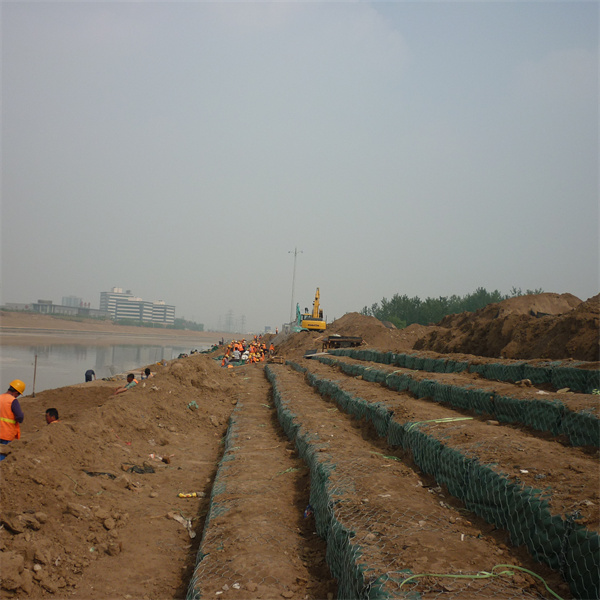aŭg . 06, 2024 09:01 Back to list
Innovative Solutions for High-Quality Gabion Stone Manufacturing and Supply Chain Management
The Role of Gabion Stone Factories in Modern Construction
Gabion stone factories play a critical role in modern construction and landscaping, providing essential materials that enhance both functionality and aesthetics. Gabions, which are wire mesh cages filled with stones, have been utilized for centuries in various engineering and architectural projects. Today, these factories are more important than ever, as they meet the rising demands for sustainable building and effective erosion control solutions.
What Are Gabions?
Gabions consist of metal wire mesh boxes filled with natural stone, rocks, or recycled materials, creating a robust structure that can be used for various applications. They have gained popularity due to their versatility and eco-friendliness. In essence, gabions can be stacked to form walls, used as retaining structures, or incorporated into landscape designs to prevent soil erosion. Their permeability allows for natural drainage while providing stability, making them suitable for a variety of terrains.
The Importance of Gabion Stone Factories
Gabion stone factories specialize in the production and supply of quality stone materials necessary for the construction of gabions. These factories source stones that meet specific criteria in terms of size, shape, and durability. The selection process is crucial, as the right stones ensure that the completed gabions are not only aesthetically pleasing but also structurally sound and durable.
1. Quality Control One of the key duties of gabion stone factories is to maintain high-quality standards. Factories often employ skilled personnel who assess and sort stones to ensure they conform to industry specifications. This involves testing the strength, density, and weather-resistance of the stones, ensuring that they will withstand environmental challenges.
gabion stone factory

2. Customization and Versatility Gabion stone factories offer custom solutions to their clients. Depending on the requirements of a project, stones can be supplied in various sizes and colors. Some factories even provide options for more environmentally friendly materials, such as recycled concrete or porcelain, enhancing the sustainability of the construction process.
3. Innovation in Design With the increase in the use of gabions in modern architecture, many stone factories are also delving into innovative designs. This includes exploring different mesh materials and coatings to enhance durability and aesthetic appeal. By collaborating with architects and landscape designers, these factories contribute to creative building solutions that push the boundaries of traditional designs.
4. Environmental Impact Gabion stone factories play an essential role in promoting sustainable practices. By utilizing local stone resources and recycling materials, they minimize transportation emissions and environmental disruption. Moreover, the use of gabions in construction contributes to natural landscaping and habitat creation, making them an eco-friendly alternative to concrete walls and other solid structures.
Challenges and Future Directions
While gabion stone factories have thrived in recent years, they face challenges such as fluctuating raw material prices and competition from synthetic alternatives. However, the increasing global emphasis on sustainability and green building practices offers a promising outlook.
The future of gabion stone factories lies in their ability to innovate, adapt, and provide high-quality, customizable solutions that meet the needs of modern construction. As architects and builders continue to explore new possibilities for using gabions, these factories will undoubtedly remain at the forefront of the construction industry, proving that traditional materials can still play a vital role in sustainable development.
In conclusion, gabion stone factories serve as indispensable contributors to contemporary construction, offering not only materials but also innovative solutions that cater to the growing environmental needs. Their expertise ensures that gabions remain a favored option in both urban and rural design, illustrating how traditional practices can harmoniously blend with modern technology.
-
hesco-gabion-baskets-for-coastal-erosion-prevention
NewsAug.22,2025
-
longevity-and-durability-of-river-rock-gabion-walls
NewsAug.22,2025
-
how-to-integrate-gabion-3d-walls-in-urban-planning
NewsAug.22,2025
-
reno-mattress-gabion-applications-in-civil-engineering
NewsAug.22,2025
-
how-to-install-wire-mesh-for-gabion-baskets-properly
NewsAug.22,2025
-
best-materials-for-filling-a-chain-link-gabion
NewsAug.22,2025
-
Wire Mesh Thickness Impact on Gabion Wall Load Bearing
NewsAug.12,2025






